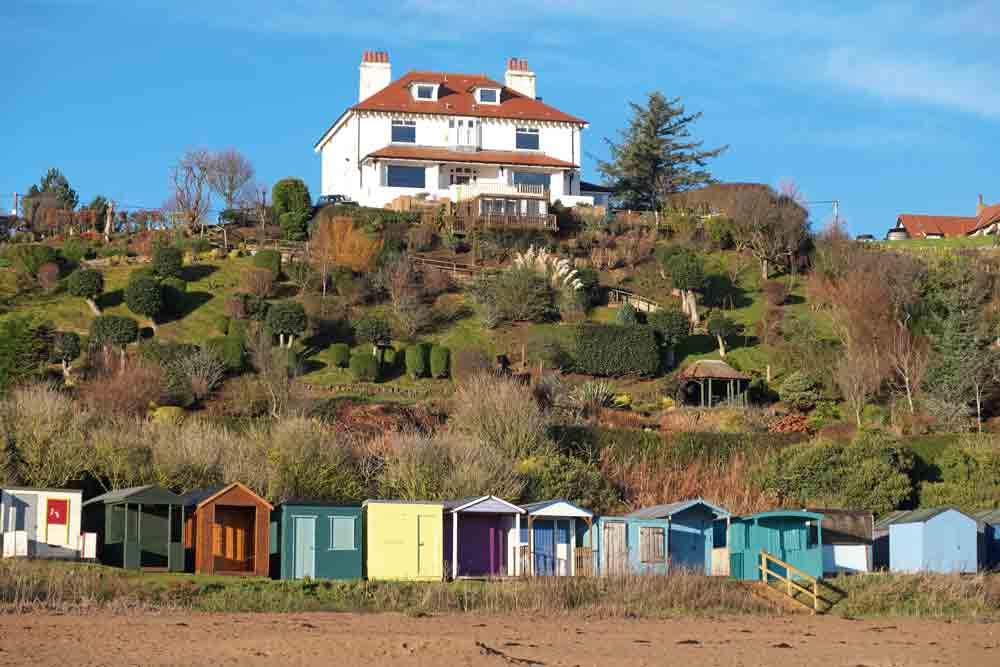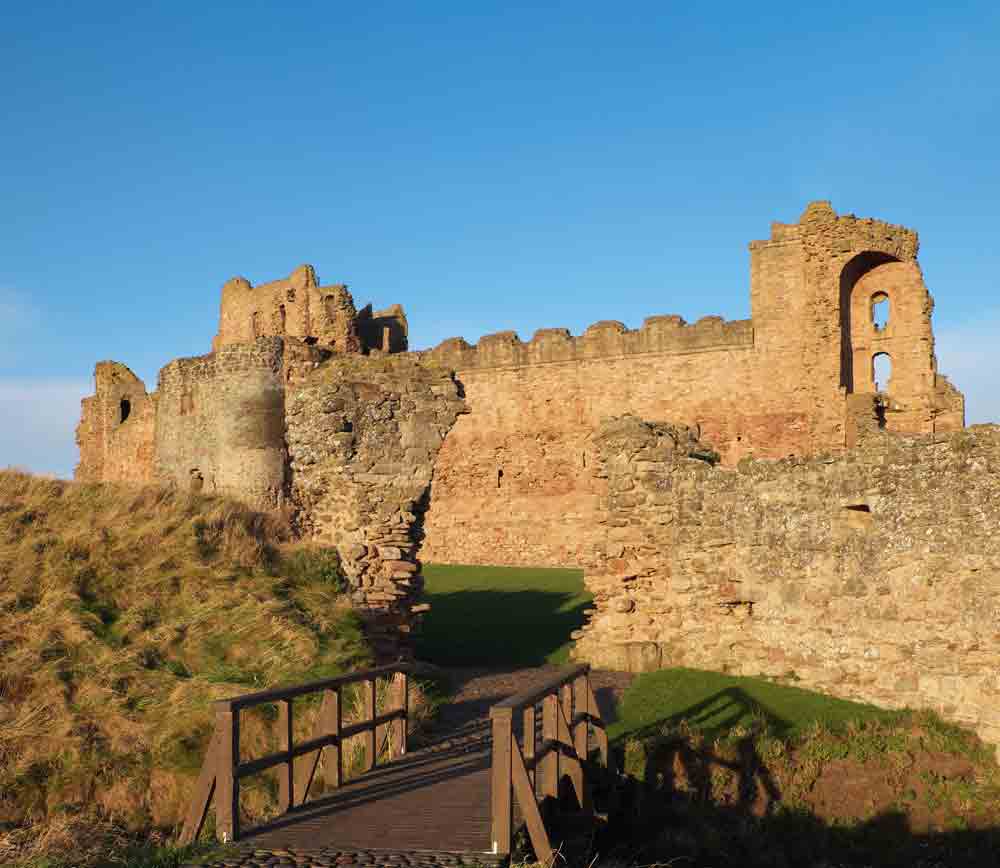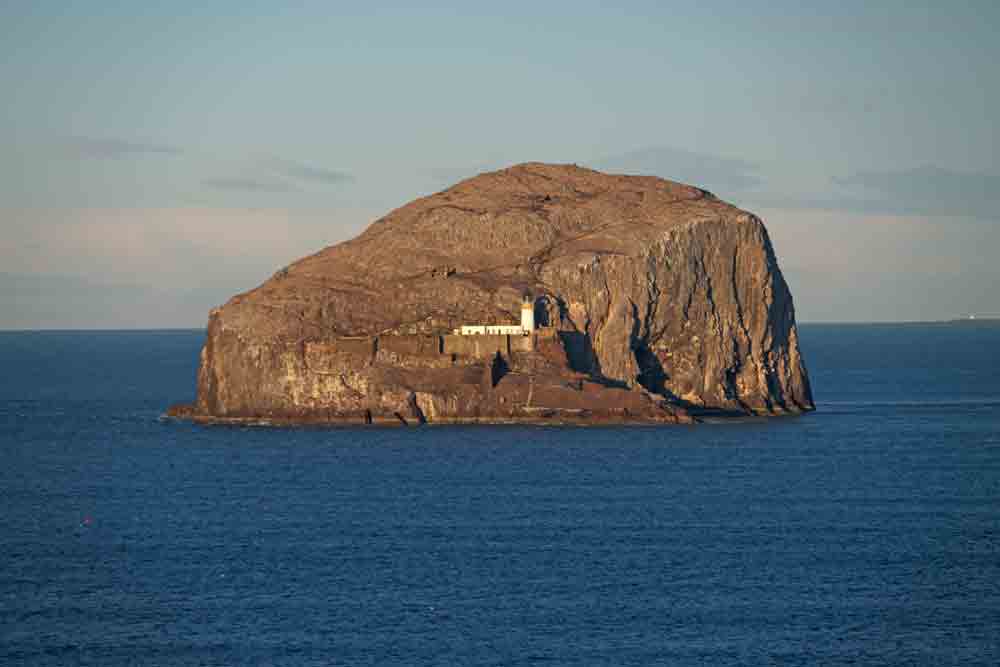Motorhome travel: A festive escape to Scotland
Once upon a time, my partner and I managed to turn Christmas avoidance into an art form. When we didn’t have any family obligations, we would either head for the remotest hills or seek out the sun in a place where the C-word was less, well, just less.
In recent years, though, we’ve got out of the habit of absconding, resorting instead to frequent, desperate cries of “Bah humbug!” whenever faced with the inevitable deluge of seasonal songs, TV specials and annoying adverts with cute penguins in them.
Until last year, that is, when we decided we needed to put some sparkle back into December, to fight as passionately as we did in our youth for liberation from turkey and pine needles – simply to flee.
It was time to pack the ’van...
Plan A was the Llyn Peninsula in north Wales. We found a campsite that was open throughout the winter and bought the relevant maps. Nearer the day, though, the blues on the BBC weather map got darker and the wind arrows grew so big, they’d obliterated Anglesey. North Wales was in for a pounding.
Plan B, then. The forecast was looking better towards the east, so we found another campsite, bought a new set of maps and set off for southeast Scotland.
Our bolthole was Coldingham Bay Leisure Park, about 11 miles north of Berwick-upon-Tweed. The large, well-equipped site, consisting mostly of static caravans, is a 10-minute walk from the village centre with its two pubs and small grocery shop.
As we pulled onto the site on Christmas Eve, we knew we’d be in for one of two scenarios: either the place would be heaving with other escapees (we’d experienced that one Christmas in the Cairngorms), or it would be a ghost town.
It turned out to be the latter.
There were a few other runaways on site and we met some of them at the site’s Christmas Eve karaoke. While someone crooned to an unrecognisable country song, we heard of fellow deserters with plans of their own for an alternative Christmas lunch. They’d found The Meadow House, a pub in Berwick-upon-Tweed that did takeaways: turkey with all the trimmings, all carefully packaged up and ready to go.
Christmas Day itself was a grey, soggy affair. North Wales’ wind and rain got us after all and we spent the day reading, taking it in turns to walk our terrier, Jess, and playing pool in the campsite’s empty bar.
It wasn’t until Boxing Day that we ventured out into the Berwickshire countryside. Walking down to Coldingham Bay itself, we found the gloom of the previous 24 hours replaced by a surprisingly colourful scene – a sheltered crescent of golden sand and dozens of brightly painted beach huts brought the December day to vibrant life.

This is one of the few areas of sandy beach in Berwickshire as much of the coastline is made up of dramatic cliffs. The Berwickshire Coastal Path runs all the way from Berwick-upon-Tweed in Northumberland to Cockburnspath, near the East Lothian border. From Coldingham Bay, we followed it through the pretty fishing village of St Abbs and then north to St Abb’s Head.
The cliffs here form part of a National Nature Reserve famous for its nesting seabirds, including kittiwakes, guillemots, fulmars, razorbills and even the occasional puffin. Other than a few gulls riding the thermals and one peregrine falcon, there was little birdlife on the dramatic cliffs as we walked through the reserve.
At North Berwick, later in the trip, we called in at the Scottish Seabird Centre and learned more about the area’s wildlife, including the gannets on Bass Rock. It’s estimated that 150,000 birds nest on this tiny island every year, the largest colony of northern gannets in the world.
One of the best places to view Bass Rock from the mainland is Tantallon Castle. Dramatically perched on a rocky headland, this ruined fourteenth century stronghold was once home to one of Scotland’s most powerful and aggressive families, the Douglas Earls of Angus.

Aside from Christmas Day and Boxing Day, I was surprised at just how many tourist attractions, cafés and restaurants were open over the holiday period. My only disappointment came in Dunbar where I’d been hoping to visit the birthplace of John Muir, the conservationist whose passionate campaigning in the US led to the creation of the world’s first national parks. I’d read many of his inspirational letters and essays and I wanted to find out more about him.
The Dunbar house where he was born, in 1838, is now a museum detailing his whole life, from his boyhood in Scotland to his adventures in the mountains on the American frontier. The museum’s website suggested it would be open from Wednesday to Saturday in the winter. Sadly, that wasn’t the case and we arrived to find the front door locked.
Still, if it hadn’t been for my pilgrimage to John Muir’s birthplace, we probably wouldn’t have gone into Dunbar at all. In which case, we wouldn’t have discovered its three charming old harbours. And we definitely wouldn’t have sought shelter from the biting easterly winds in Espresso Black, a tiny café that served up some of the best coffee I’d had in a very, very long time.
After wandering around Dunbar, we headed to the northern edge of the John Muir Country Park for a walk on the coast. The park consists of less than three square miles of woodland, salt marsh, grassland and beach.
From the busy parking area at Tyninghame Links, we wandered through the atmospheric woods and past old tank traps lurking among the trees to a rocky headland known as St Baldred’s Cradle. This was named after an eighth century monk who inhabited a cell on nearby Bass Rock and is thought to have established a monastery at Tyninghame.

Like all our days on the coast of southeast Scotland, this was turning out to be a short one. We’d learned to make the most of the daylight hours, though, ensuring that we were out sightseeing or walking at first light and not spending too long over lunch.
Muir advocated breaking “clear away, once in a while” to “climb a mountain or spend a week in the woods”. We were experiencing only a short spell of calm and quiet, but it was a taste of what Muir meant when he suggested we should all “keep close to Nature’s heart”. Such sojourns, he said, would “wash your spirit clean”.
Christmas and its material madness briefly forgotten, I felt temporarily ‘cleansed’.
This feature was originally published in the December 2018 edition of MMM. To buy a back issue, click here. You can enjoy more travel inspiration here.








.jpg)


Recent Updates
Engine management lights: all you need to know
What is the engine management light? What does it mean, and what do I have to do? ...
Motorhome air suspension: all you need to know
Motorhomes are heavy and the additional weight of equipment and height of the bodywork can increase the loads ...
Motorhome WiFi: how to get better motorhome internet
Staying connected on the move is more and more essential, so relying on campsite WiFi isn't an option – here ...
A class of their own - our guide to A-class motorhomes
Thinking of trading up to an A-class, or even going straight to the top of the motorhome tree? We guide you ...
Explore overseas on a motorhome dream tour
Enjoy exotic travel in a campervan or motorhome by hiring, swapping with someone else or exporting your ...
Motorhome water systems: everything you need to know
On-board water is an important part of every motorhome – here’s everything you need to know ...
Campervanning in Europe: what you need to know
Whether you're planning a leisurely drive through the French countryside, navigating bustling city streets in ...
Campervan security: all you need to know
With thefts on the increase, it’s important to know how to keep your campervan secure and prevent campervan ...
Campervan furniture: everything you need to know
Our campervan experts guide you through all the essentials for your campervan, including tables, chairs, ...
Campervan finance: how to fund your purchase
Here we look at the different types of campervan finance available, to help you decide what’s the best option ...
Other Articles
Britain’s best used motorhomes
Want a great motorhome without paying the premium for a new one? Here's a guide to the best you can get in the pre-owned market for each layout, ...
Which motorhome? Choosing the perfect motorhome for you
Choosing a motorhome or campervan is one of the biggest buying decisions you’ll ever make, so it's important ...
Campervan washroom essentials: stay fresh on the road
Our guide will take you through the campervan washroom essentials you'll need so you're well-prepared for ...
Dogs in campervans: all you need to know
Follow our advice and your dog will enjoy campervanning as much as you do ...
Electric campervans: all you need to know
Our guide will take you through everything you need to know about electric campervans and what the future ...
Motorhome electrics: a complete guide to your motorhome electrical set-up
Motorhome electrics can dramatically enhance the convenience and comfort of your vehicle – but they can be ...
Lighting for campervans: all you need to know
We guide you through all the lighting options available for you and your campervan, including interior ...
Electric bikes for motorhomes: our ultimate guide
Read our comprehensive guide to electric bikes for motorhome owners, helping you add electric power to your ...
Our guide to 'cheap' motorhomes in 2024
If you're on the hunt for an affordable new motorhome, this is the best place to start – we've rounded up a ...
Campervans in winter: all you need to know
Here's your guide to preparing your campervan for the colder months, whether you will be using it or putting ...